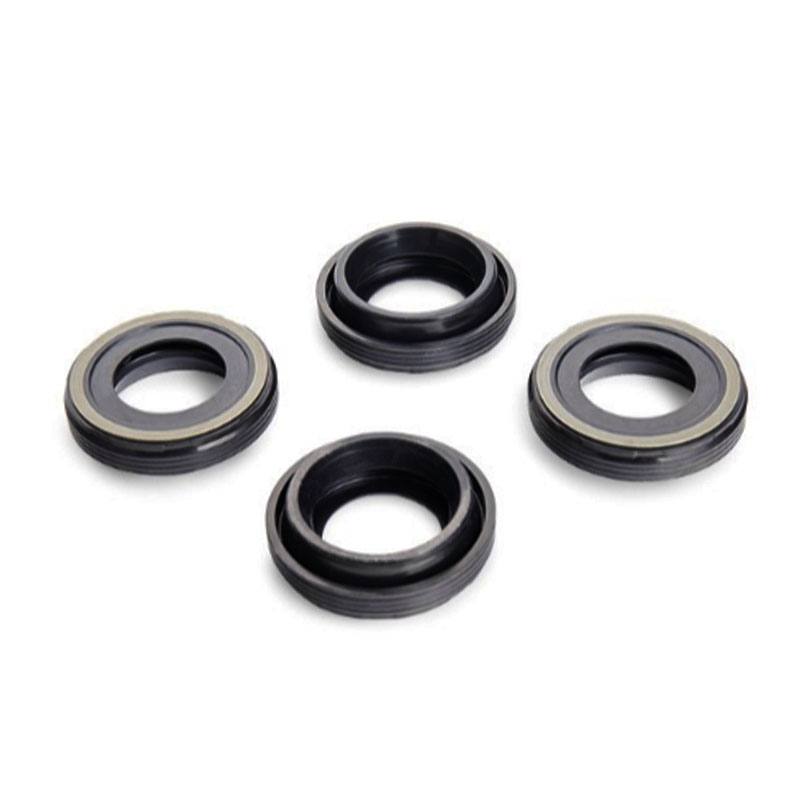Understanding the Purpose and Maintenance of the M10 Oil Drain Plug for Your Vehicle
Understanding the M10 Oil Drain Plug Importance and Maintenance
In the realm of automotive engineering and maintenance, the oil drain plug is a crucial component that often goes unnoticed until it's time for an oil change. Among the various specifications, the M10 oil drain plug is one of the most common types found in many vehicles. Understanding its significance, as well as maintenance tips, can help ensure the longevity and efficiency of your engine.
What is an M10 Oil Drain Plug?
The M in M10 refers to the metric designation of the bolt’s size. Specifically, an M10 oil drain plug has a diameter of 10 millimeters. The thread pitch typically measures 1.5 millimeters, making it compatible with a wide range of oil pans. This standard size is prevalent in both automotive and motorcycle applications, providing a universal solution for manufacturers and mechanics alike.
The primary function of any oil drain plug, including the M10, is to provide a secure closure for the oil pan, preventing leakage and ensuring that the engine's oil stays contained. It also serves as an access point for draining old oil during maintenance. This is vital for maintaining optimal engine performance, as changing old oil is essential to remove contaminants and sludge that can impair engine function.
Importance of Regular Maintenance
Neglecting the oil drain plug or its maintenance can lead to several issues. Over time, the seal can wear down, leading to oil leaks that could diminish the oil level in your engine, potentially causing severe damage. Routine checks of the oil drain plug should include inspecting it for signs of wear, corrosion, or damage. It's important to replace a compromised plug to avoid unnecessary repairs down the road.
m10 oil drain plug

Another consideration is ensuring that the oil drain plug is tightened to the manufacturer’s recommended torque specifications. Over-tightening can strip the threads, damaging the oil pan and necessitating costly repairs. Conversely, under-tightening may cause leaks, compromising lubrication and overall engine performance.
Tools for Proper Maintenance
When performing an oil change, having the right tools is crucial. For an M10 oil drain plug, a suitable socket wrench is necessary to remove and install the plug efficiently. A torque wrench is also recommended to achieve the specified torque, ensuring that the plug is neither too tight nor too loose. It’s advisable to use a new washer or gasket each time you change the oil to ensure a proper seal and prevent leaks.
An Eco-Friendly Choice
Using the M10 oil drain plug can also contribute to environmentally-friendly practices. By regularly changing your oil and properly sealing the oil drain plug, you minimize the risk of oil leaks that can harm the environment. Additionally, adhering to routine maintenance schedules significantly improves your vehicle's performance and fuel efficiency, translating to fewer emissions.
Conclusion
The M10 oil drain plug, while a small and often overlooked part of automotive maintenance, plays a critical role in the overall health of your vehicle's engine. Regular inspections and proper maintenance of this component help ensure that it functions correctly, preventing leaks and ensuring efficient engine operation. By understanding its importance and implementing best practices for maintenance, you can prolong the life of your engine while also being a conscientious vehicle owner who cares for the environment. If you’re ever in doubt, consulting a professional mechanic can provide you with the guidance and expertise needed to maintain your vehicle efficiently.
-
Understanding the Front Main Engine Seal: Purpose, Maintenance, and Installation
News Jul.29,2025
-
Understanding O-Rings and Seal Rings: Types, Applications, and Custom Solutions
News Jul.29,2025
-
Understanding Crankshaft Oil Seals: Rear Seals, Pulley Seals, and Their Role in Engine Integrity
News Jul.29,2025
-
The Importance of Front and Rear Crankshaft Seals in Engine Performance and Oil Management
News Jul.29,2025
-
Crank Oil Seals: Functions, Types, and Cost Considerations in Engine Maintenance
News Jul.29,2025
-
A Comprehensive Guide to O-Rings and Seals: Types, Materials, and Global Applications
News Jul.29,2025
-
Mastering Diesel and Performance Engine Maintenance: A Guide to Critical Oil Gaskets
News Jul.28,2025
Products categories















